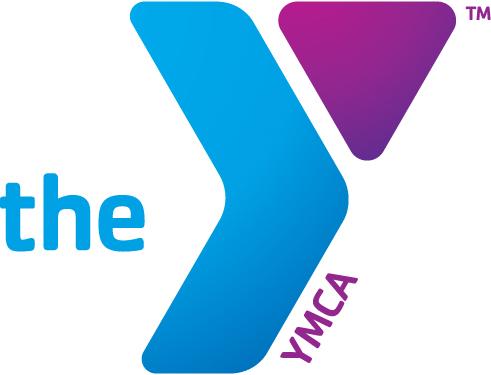Some of us have used quarantine to get into tip-top shape, while others have allowed our running shoes to acquire a not-so-thin layer of dust. If you’re looking to ease back into exercise without burning out too quickly—or hurting yourself—follow these suggestions courtesy of Kallie Gower, YMCA Health and Wellness Director.
1. Try the 30-3-3 Method
If you haven’t worked out for the past few months, that’s OK. What matters is that you’re getting back into it. But before you go from zero to 60 in one session, remember that fitness is a marathon, not a sprint (unless you’re sprinting, but you get the gist). “Don’t try and over-perform, and set a goal to be persistent,” Gower tells us. She advises against jumping back into the same workout regimen that you had before the quarantine started (since your body won’t be in the same shape if you stopped working out completely). Instead, she recommends starting with 30 minutes, three times a week for three weeks, and then increasing the frequency and duration from there. Baby steps, people.
2. Don’t Skip Your Warm-Up
A proper warm-up is important whenever you’re exercising, but even more so if your body isn’t used to intense physical activity. Gower tells us, “A proper warm-up and cool-down are vital to the longevity of your fitness routine.” Before you work out, she recommends dynamic stretching or stretching through movements that can improve your ability to react. Post-workout, try static stretches, which are done while standing or sitting in one place.
3. Listen to Your Body
You know that saying, “No pain, no gain?” Yeah, don’t live by that. Gower stresses that you should never work out through the pain. “If you try to increase your workout (whether that’s mileage or weights) too soon, you can end up with injuries including shin splints, tendinitis, and others,” she tells us. If your body is telling you it’s had enough, listen to it, go back and read the first point on this list and take things slow.
4. Stay Hydrated
“Drinking fluids not only energizes the body and fights off fatigue but it also regulates your body temperature and prevents your muscles from cramping,” Gower says. Make sure you’re drinking lots of water regardless of any workouts you have planned, but especially if you’re going to be sweating a lot.
5. Build in Rest Days
Simply put, working out every day is not sustainable for the average person. Gower tells us, “A rest day is an important part of working out and is vital to maintaining a healthy lifestyle and preventing injuries or burn-out.” This one also comes down to listening to your body; it will normally tell you when it needs a break. Gower recommends taking two days off each week to allow your body to recover and repair. She also tells us that there are ways to make the most of our days off. “You can make a rest day more effective by eating healthy, staying hydrated, stretching, or using a foam roller…Taking a rest day doesn’t necessarily mean you have to be completely inactive; you can still keep the body moving.” Got it.
See you at the Y!


